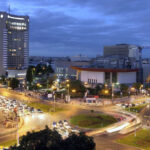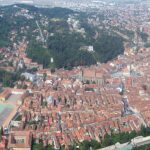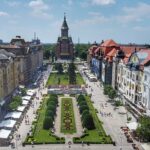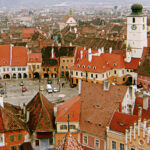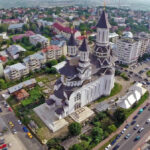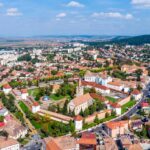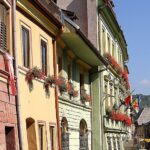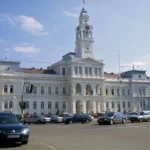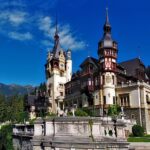Oradea
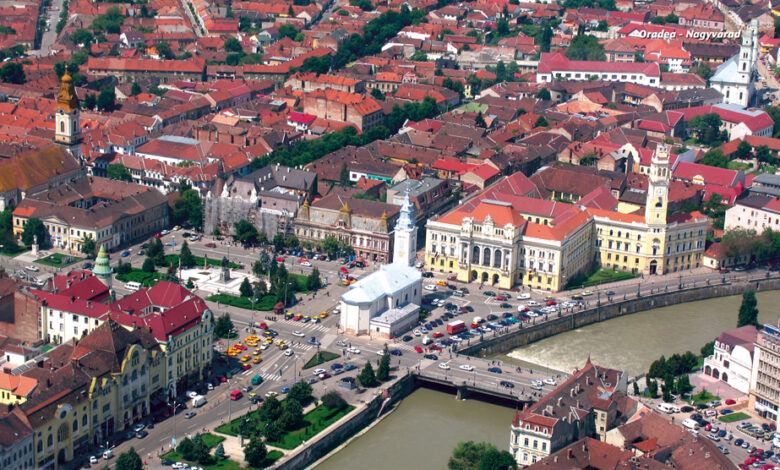
Situated near the Hungarian border, Oradea is often referred to as the “Art Nouveau city of Romania.” Its baroque buildings and diverse culinary scene reflect the city’s Austro-Hungarian influence. The Crișul Repede River adds to the city’s charm, providing a peaceful backdrop to its energetic atmosphere.
Discover the Black Eagle Palace and Oradea Fortress, and indulge in the delicious Romanian cuisine that can be found throughout the city. Oradea is a unique destination with a rich history that should not be overlooked.
| ID |
|---|
| 95445 |
| Name |
| Oradea |
| State ID |
| 4723 |
| State Code |
| BH |
| State Name |
| Bihor County |
| Country ID |
| 181 |
| Country Code |
| RO |
| Country Name |
| Romania |
| Latitude |
| 47.04580000 |
| Longitude |
| 21.91833000 |
| WikiData ID |
| Q16898113 |
